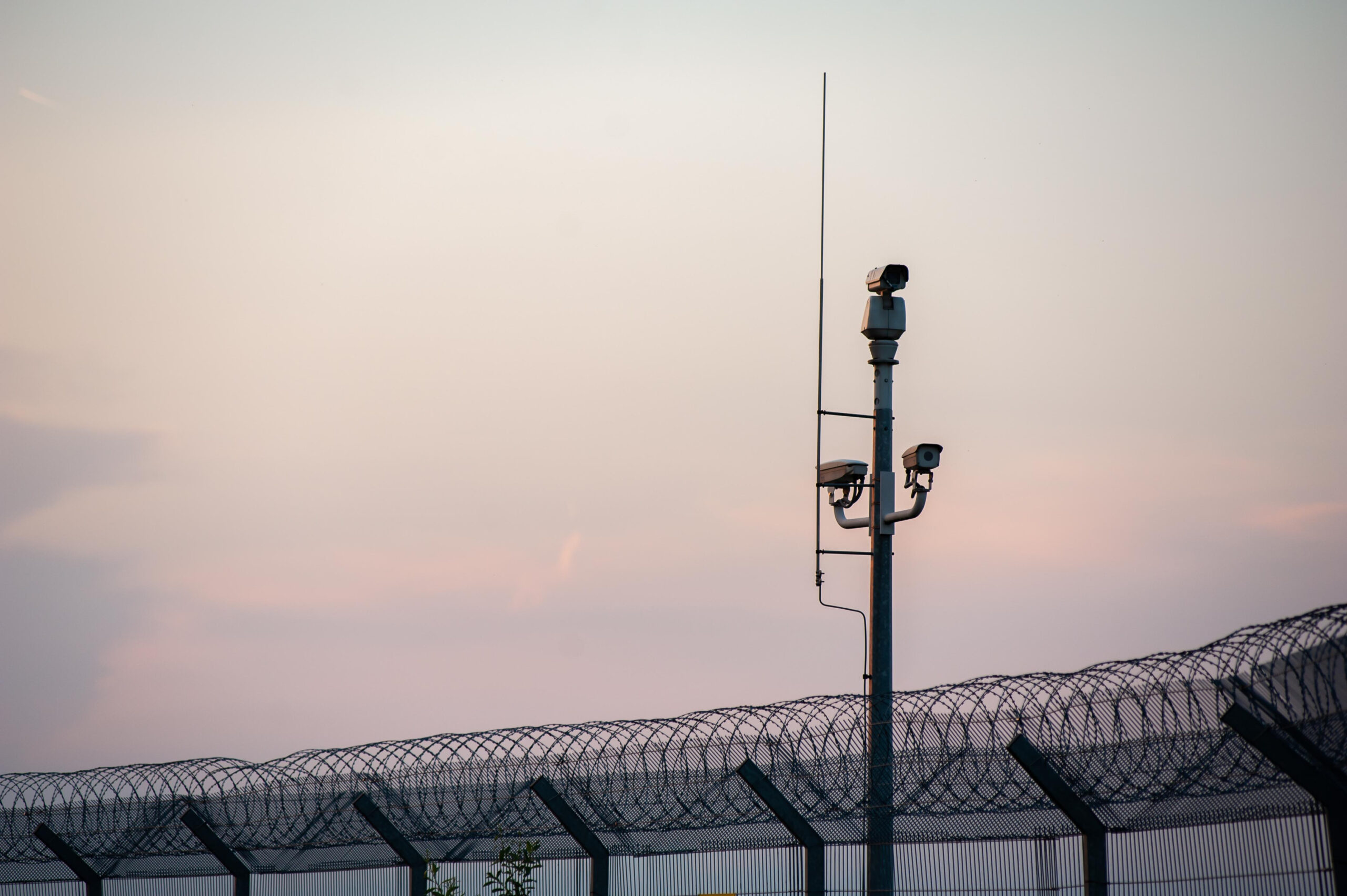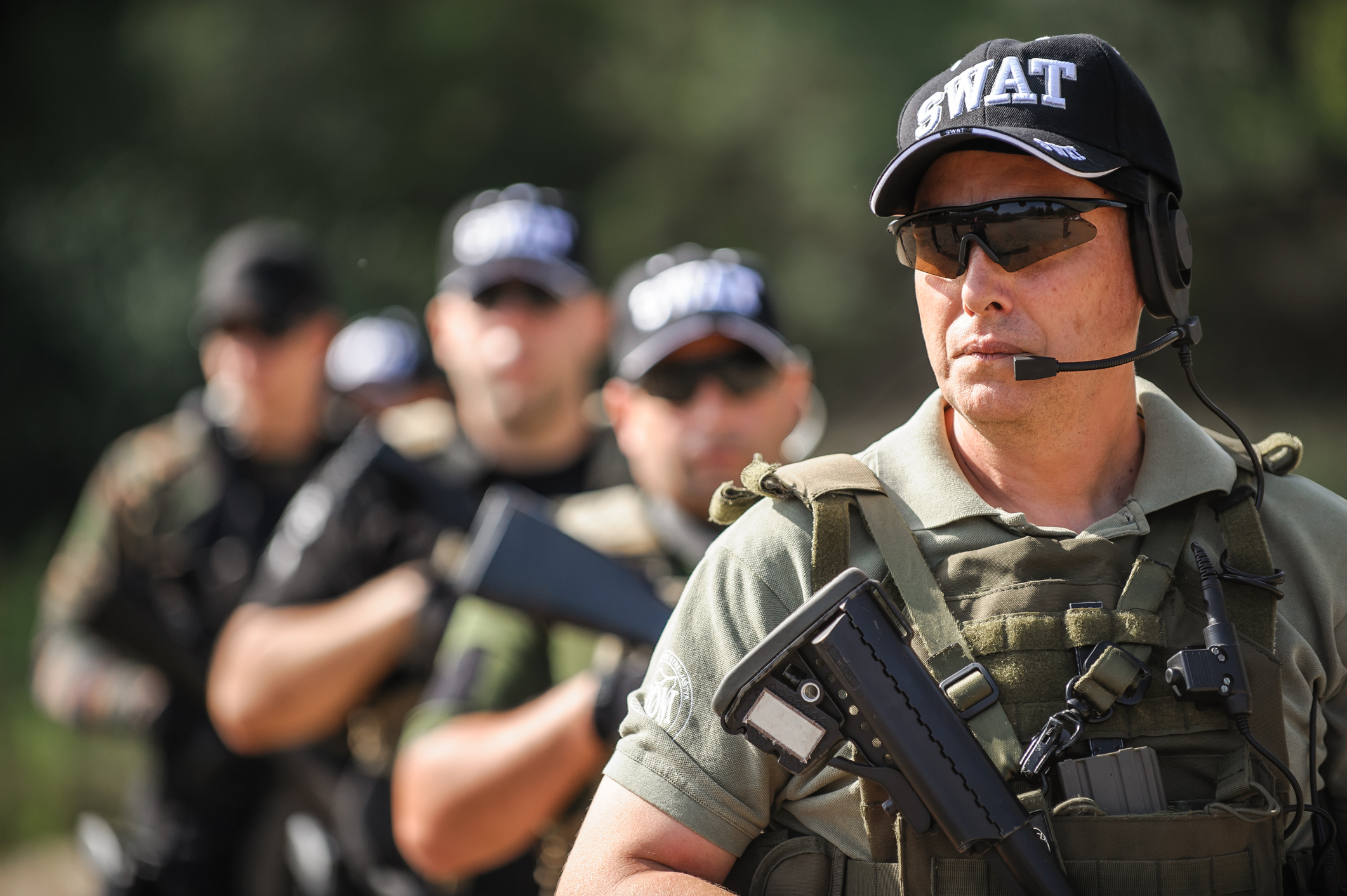On December 3, 2022, a physical attack on two substations in Moore County, North Carolina caused severe damage to the facility. According to an energy provider, the ballistic attack resulted in approximately 45,000 outages. The electrical grid and substations, oil and gas facilities, and data centers, have all faced a rising number of incidents and threats in recent years–some make the news, most do not.
It has become crystal clear in recent years: defending critical infrastructure from physical attacks in the United States is more important than ever. In order to secure these sites, physical security teams must ensure they exploit the best technologies available.
Detection is arguably the most critical component of any layered perimeter defense because most deterrents, while absolutely necessary, can be overcome. Whether the fence around a site exceeds ASTM F2781 forced-entry standards or not, if an intruder is not detected before or after this layer of defense, the deterrent becomes meaningless.
For detection on perimeters, many separate technological systems are often deployed as a part of Perimeter Intrusion Detection Systems (PIDS), however, they do not work together harmoniously. LiDAR and Radar, fence and buried ground sensors, drones and robot dogs all can have value, but like pieces from different puzzle sets, they simply do not fit cleanly together.
Legacy systems that ingest data from all of these disparate sensors do nothing to analyze and interpret the data so there is little cohesion or insights from all the information coming in. Moreover, these sensors often output a signal-to-noise ratio of over 90%, so for every additional layer of protection added, more bad data needs to be interpreted. With current technologies often overloaded and confused with such things as coyotes or tumbleweeds, it is easy to see why these have not made a huge impact in how we address the most common security challenge, accurate detections.
Yet, ultimately, no matter what type of sensor or camera is deployed, alarm signals need to be reviewed by a human operator in order to determine their validity and whether or not there is a security incident. However, most are ignored or masked. The sheer volume of false alarms and high number of camera streams requiring monitoring often results in the inability to detect a legitimate real-time incident – the so-called needle in the proverbial haystack of false alarms.
Not only are many perimeter detection systems expensive to buy, install and maintain, but they actually increase the workload of security staff, thereby making them even more expensive in the long-term. How can someone generate ROI on a $5 million dollar radar system when it only increases the number of false alarms the SOC has to deal with? With many of these systems, increasing operational efficiency and workflows is not even a possibility.
Another challenge is the lack of infrastructure for streaming of video. The common practice is to login to a VMS and review the status once an alarm is generated. The time required to do this aside, there is often not enough bandwidth to accomplish this at many remote locations making this a difficult standard for PIDS. The ability for AI to determine the threat in context and automate a notification that only requires a kilobyte of data to be transmitted means detection in these most vulnerable and remote sites can now be achieved utilizing automated computer vision AI.
Enter AI-enabled PIDS. Integrating existing cameras and sensors with computer vision and AI enables 24/7 autonomous monitoring that can accurately detect and alert to incidents in real-time. Unlike analytics, Ambient.ai’s machine learning models consistently improve over time and can be used on fixed or PTZ cameras. Analytics relies on pixels, which is an unreliable method of detecting behaviors. It only allows you to detect objects, colors, and movement – not actual interactions and behaviors.
The additional context that AI can extract from video gives us a better understanding of potential intrusions and enables precise detection of pre-intrusion behavior. Ambient’s AI model makes its decision concerning threats based on diverse inputs and criteria. Context examples include a person’s pose, what they are doing or carrying, the time of day, proximity to a secure asset, and how long a person has been present in a certain area. These detections can now all work together to create the context needed to raise a detailed alert at the correct threat level.
The benefit of reducing alarms with more accurate detections to operators is increased operational efficiency; the benefit to the facility is a layer of enhanced and autonomous protection that requires no calibration, a lower frame rate, lower lighting, and lower megapixel specifications than analytics.
Ambient.ai’s patented computer vision technology better protects perimeters and increases operational efficiency with its virtual security platform capabilities, thereby improving the ROI of existing perimeter defense systems. With AI as the brain of PIDS, all camera streams are watched all the time; guards do not have to be everywhere at once, and false alarms are reduced or eliminated. Automated and increased accuracy on alarms allows for limited staffing, greater productivity, and a more secure site. For a demo or more information, click here or go to Ambient.ai.












